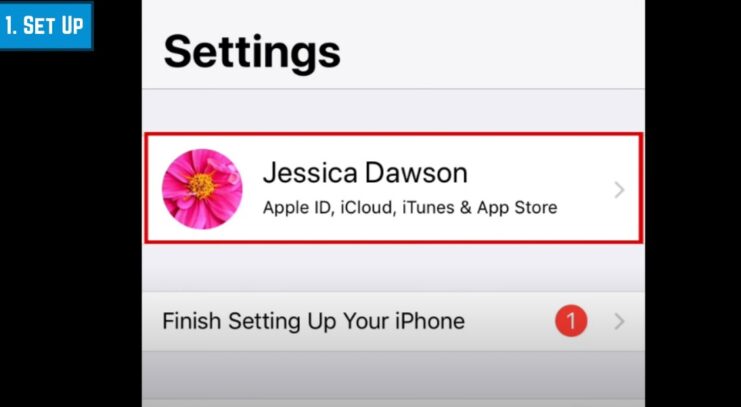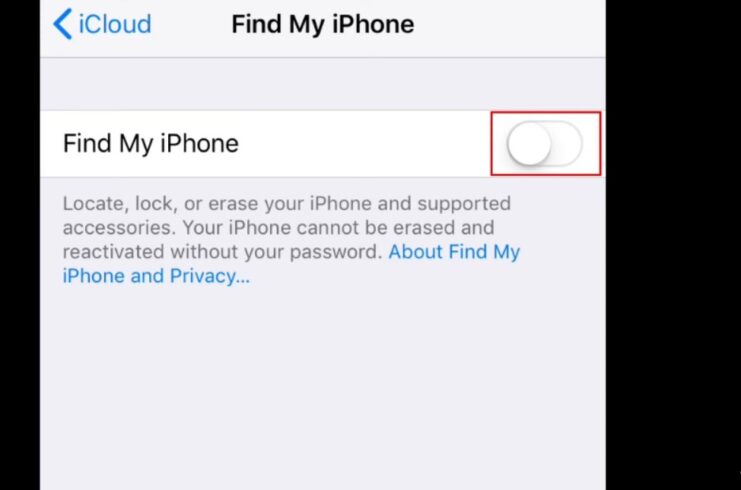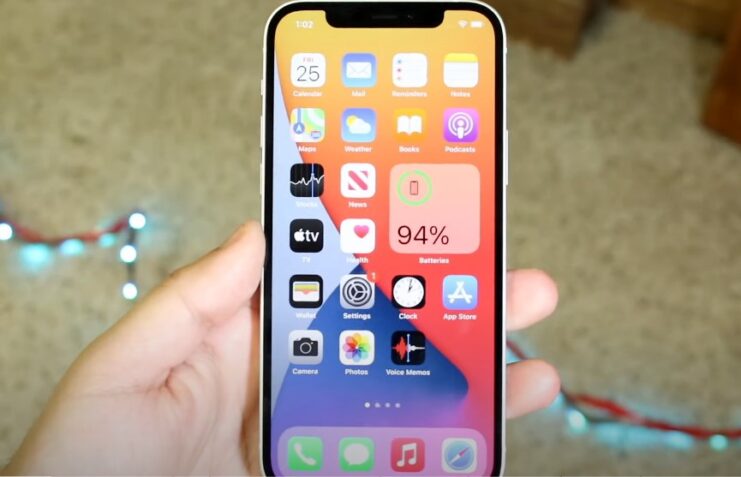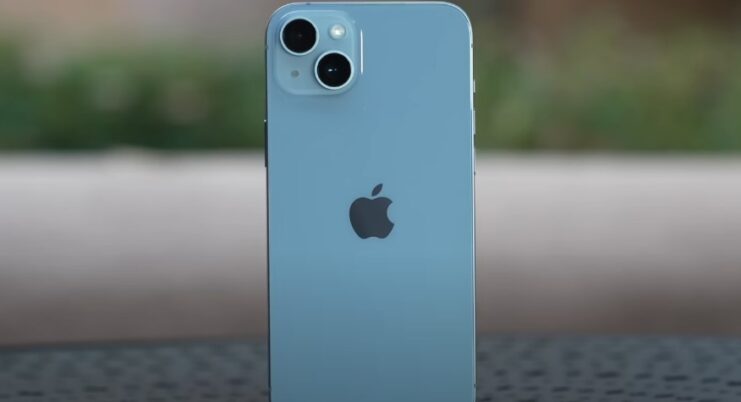Apple’s innovative solution for lost or stolen iPhones, known as “Find My iPhone,” has transformed the way we handle mislaid devices. This feature, though, raises several questions, including one that’s crucial to its utility: How accurate is it really?
Today, we’ll take a deep dive into the workings of Find My iPhone, examine its accuracy, and walk you through steps you can take to recover your missing device.
Find My iPhone in a Nutshell
Find My iPhone is a free service offered by Apple as part of the iCloud suite of services. It allows users to locate their iPhone, iPad, iPod Touch, Apple Watch, or Mac on a map if the device is lost or stolen. The service can also make the device play a sound, display a message, lock the device, or even erase its contents.
How Does It Work?
Find My iPhone employs a combination of cellular, Wi-Fi, and GPS data to determine your device’s location. While GPS is known for its pinpoint accuracy, Wi-Fi and cellular data are used when GPS is unavailable or weak. These methods offer less precision, which can result in an approximate rather than an exact location.
For GPS, the accuracy of location data can be as precise as 5 meters under optimal conditions. Wi-Fi positioning can be accurate up to about 30 meters, while cell tower triangulation might offer a much broader radius of location accuracy.
So, How Accurate is Find My iPhone?
Given the range of methods employed by Find My iPhone, it’s hard to give a one-size-fits-all answer to the question of accuracy. In most urban areas with good Wi-Fi and cellular coverage, Find My iPhone is remarkably accurate, often pinpointing the exact building where your device is located.
However, in rural areas with less cellular coverage and few Wi-Fi hotspots, the accuracy can drop significantly. Similarly, if the device is indoors or within a high-rise building, GPS signals may be blocked or reflected, leading to a less accurate location.
In essence, Find My iPhone’s accuracy can vary based on multiple factors. While it can be incredibly precise, remember that it’s not flawless. You may not always get the exact location of your device, but in most cases, you will get a reasonably good idea of its general whereabouts.
Now, Let’s Recover Your Missing Device!
Now that we have a good understanding of how Find My iPhone works and its accuracy let’s discuss how you can use it to recover your missing device.
1. Enable Find My iPhone

To use Find My iPhone, you must first enable it on your device. If you haven’t done this yet, make it a priority when you get a new device. To activate this feature:
- Open the Settings app.
- Tap on your Apple ID at the top.
- Tap iCloud > Find My iPhone.
- Switch on Find My iPhone and Send Last Location.
2. Locating Your Device

If your device goes missing, use the following steps to track it down:
- Sign in to icloud.com/find on a Mac or PC, or use the Find My app on another Apple device.
- Enter your Apple ID and password.
- You will see a map with the location of your device. If it’s nearby, you can have the device play a sound to help you or someone nearby find it.
3. Mark as Lost
If your iPhone isn’t nearby, you can use Find My iPhone to put your device in Lost Mode:
- In the Find My iPhone app, select your missing device.
- Swipe up on the device’s information panel, then tap Activate under Mark As Lost.
- Follow the onscreen instructions.
When your device is in Lost Mode, it locks itself, and your custom message with a contact number will display on the screen. The device’s location will also be updated more frequently while in Lost Mode.
4. Erase Your Device
If you’re unable to recover the device and you’re concerned about data security, Find My iPhone offers a nuclear option: erase the device. Be careful with this choice. Once a device has been erased, you can’t track it anymore.
Beyond Recovery: Advanced Features of Find My iPhone

While we’ve covered the basics and primary functions of Find My iPhone, this Apple feature has more to offer. From helping to secure your device to potentially aiding in criminal investigations, it’s worth delving further into the advanced capabilities of this service.
Offline Finding
One feature that enhances the functionality of Find My iPhone is “Offline Finding”. This feature uses Bluetooth to transmit a secure, unique identifier to nearby Apple devices in case your device isn’t connected to the Internet. The nearby device then sends the location of your lost device to iCloud, which allows you to see its location in the Find My app.
This feature, available on devices running iOS 13 or later, makes it possible to locate your iPhone even if it’s not connected to Wi-Fi or a cellular network.
Family Sharing

Apple also has a feature called “Family Sharing,” which allows up to six family members to share purchases from iTunes, Apple Books, and the App Store. However, it also allows family members to help locate each other’s missing devices.
Once you set up Family Sharing, any family member can help locate another member’s missing device using Find My iPhone. This can be invaluable in situations where the person who lost their device doesn’t have access to a computer or another Apple device.
Precision Finding
For those with an iPhone 11 or newer, the U1 chip with Ultra Wideband technology provides a feature called “Precision Finding.” This feature gives you the precise distance and direction to your device when it’s in range.
Precision Finding can guide you directly to your device by combining input from the camera, ARKit, accelerometer, and gyroscope to provide a more precise, directionally aware finding experience. This feature can be particularly useful when you’re sure your device is nearby but just can’t locate it.
The Bigger Picture: Law Enforcement & Find My iPhone

In several cases, Find My iPhone has played a crucial role in helping law enforcement solve theft and burglary cases. The service can provide crucial location information that, when used with other investigative techniques, can help police locate stolen devices and, sometimes, catch criminals.
However, it’s essential to remember that you should never attempt to recover a stolen device on your own. Always report theft to local law enforcement and let them handle the situation.
Explore a comprehensive guide filled with 10 effective methods to troubleshoot and resolve the common problem of “iPad says not charging,” allowing you to learn and fix this frustrating issue with ease.
Final Thoughts
While the primary function of Find My iPhone is to locate a lost or stolen device, the service offers a wealth of other features that can be incredibly helpful in your daily life. From offline finding to family sharing, these features make the service even more powerful and versatile.
By understanding and leveraging these features, you can ensure that you’re prepared for the unfortunate event of losing your device. As always, though, the best defense is a good offense: keep your devices secure, be aware of your surroundings, and handle your valuable items with care.
Related Posts:
- How To Find Clipboard On iPhone 6-13? - Proven Methods
- What Does “Arrived At Hub” Mean In USPS? - Learn…
- 10 Effective Ways to Fix the “iPad Says Not…
- It’s Time to Quit Smoking! Find out How: Kick the Bad Habit
- 10 Proven Ways to Fix the No Bootable Device Acer…
- Intrauterine device (IUD): Dive into This Popular…












